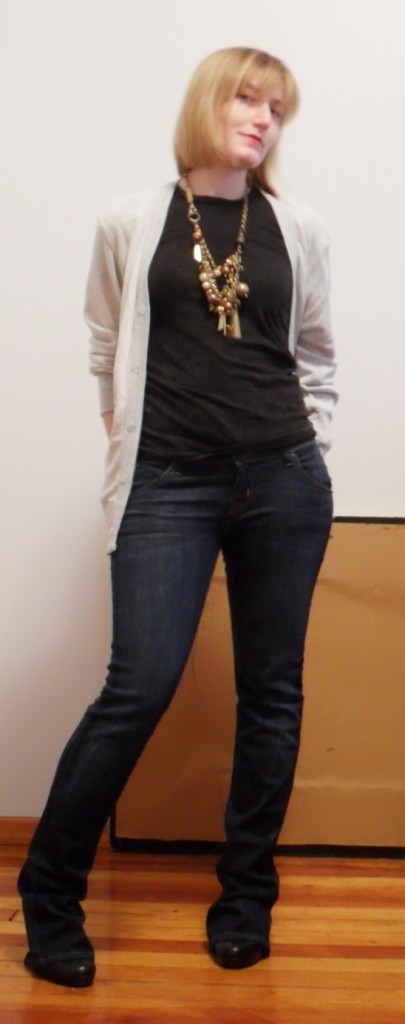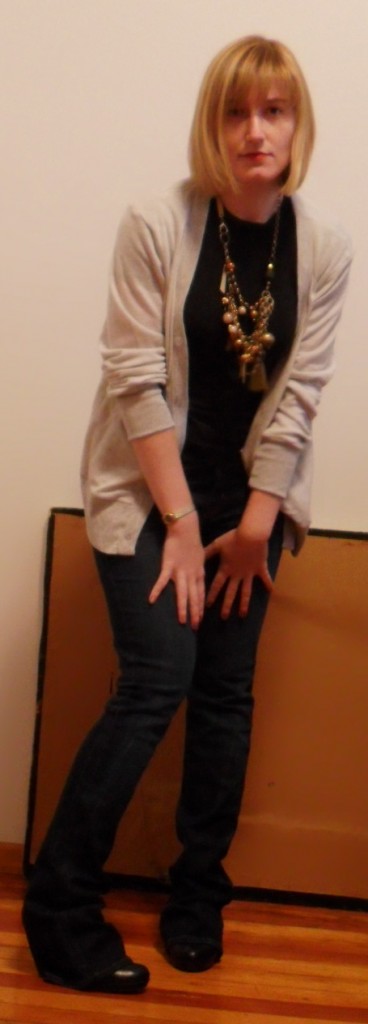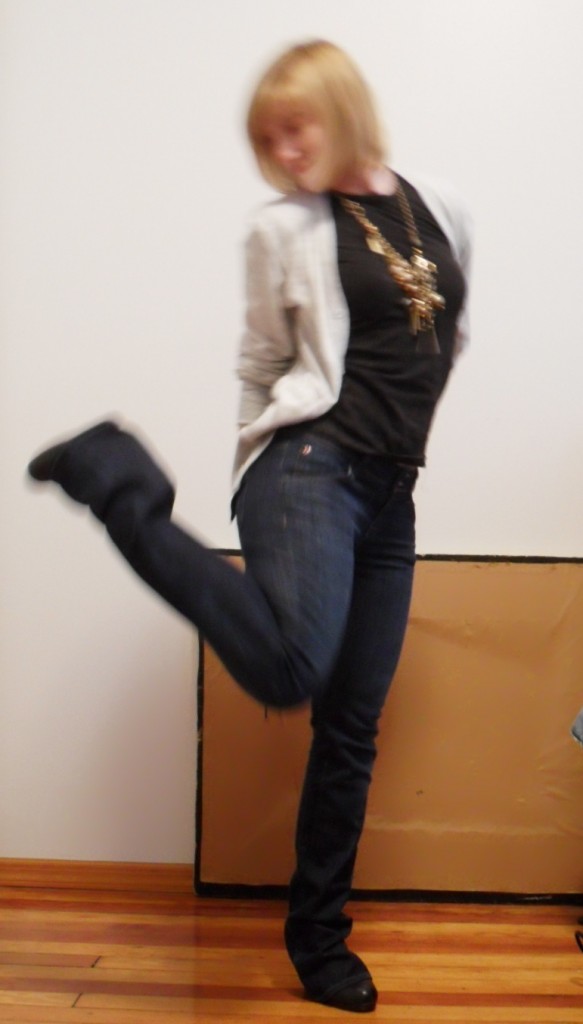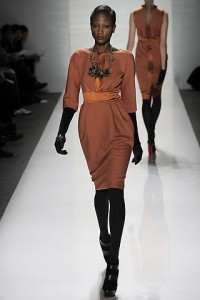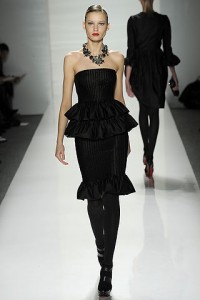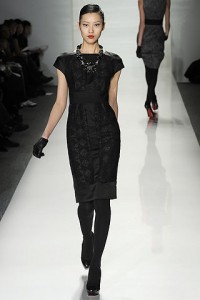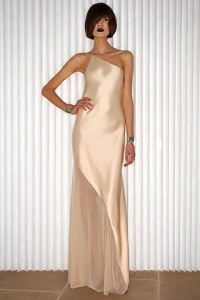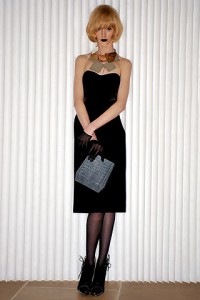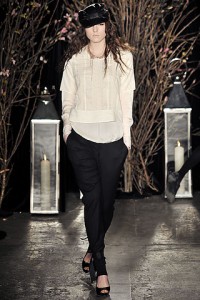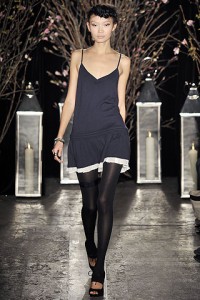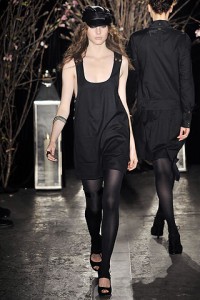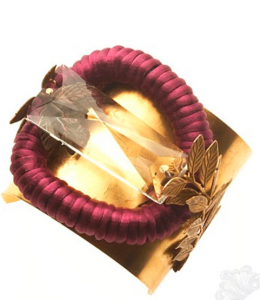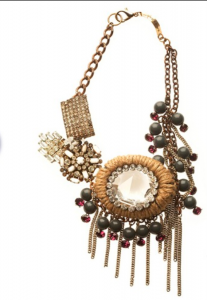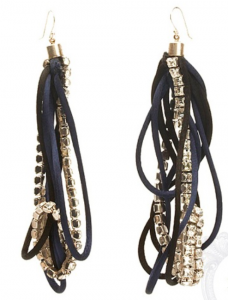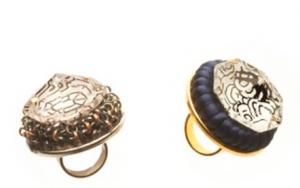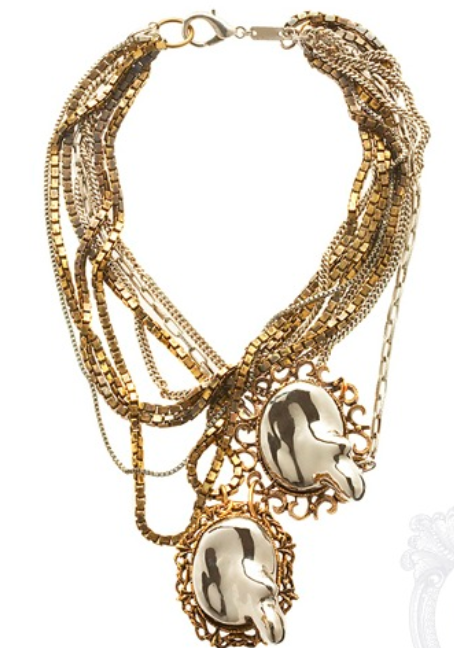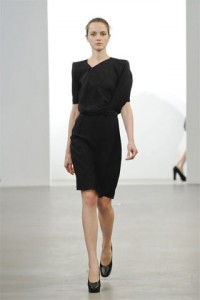
Image from JustinGiunta.com
We’ll admit it, we’re biased — we LOVE Justin Giunta. Winning the Ecco Domani award and designing a capsule collection for Target is just merely the tip of the iceberg for Giunta. Talented across multiple disciplines, his work spans jewelry design (Subversive Jewelry), industrial design, lighting, and painting. Fashion Pulse Daily caught up with the Pittsburgh native to learn more about the man, the inspiration, and what he absolutely can’t live without!
FP: I love your company name – how and when did you come up with Subversive? I read this in the Pittsburgh Post-Gazette “Choosing the name was easy. It just alludes to my personality in every way.” – Can you elaborate a bit?
JG: Subversive literally means to overthrow an established institution or idea. By employing cast-off jewelry and base metal chains into intricate (one-of-a-kind) compositions, I force the wearer to reassess the traditional value system behind jewelry, costume and real, valuing design over materials.
Additionally, there is an array of narratives strung through my work. By combining disparate materials such as classic “presidential” pearls and Tribal beads I have made collections like the “South American General’s Wife”. I try to highlight a paradox then bury it in burnished beauty.
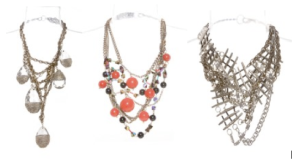
Images from SubversiveeJewelry.com
FP: At what point did you realize that jewelry was your calling?
JG:I don’t think I have yet.
FP: Does it sometimes happen that you make a piece of jewelry and don’t want to let it go because you love how it turned out so much?
JG: This is a two part question and I will answer it backwards.
First: No I never make a piece and then fall in love with it so much I won’t sell it. I really believe in the concept of, “if you love something, let it go” I really believe you have to purge the new for even newer and that which is to come.
Of the thousands of pieces I have made, I have kept only two physically for my ultimate archive of artwork. One is a wrapped pearl and chain necklace that I made for the ”Alireza” runway in 2003, Then Lanvin ran with the idea, the other is a wreath necklace made with embroidered coral and findings, it is a piece that embodies my paintings, like a mini sculpture more than a necklace, and I won’t part with it.

Image from SubversiveJewelry.com
FP: What was the learning curve like for you, switching from fashion to industrial to jewelry? Was there some trial and error involved, did you have a mentor who guided you along, etc?
JG: I learned a lot on the street, just trying to sell my wares. I have been fortunate to have had an immense amount of support from some older friends throughout my young adult life. I had tons of encouragement, and they made sure I wasn’t out on the street. The business stuff, I had to develop through experience. Irregardless of the industry, the role of the creator is the same, and so are the challenges that face them. I learned to rely on my own judgments.

Image from Target.com
FP: How have you grown, since you initially started the line (in 2003, correct)? When did you move from doing everything yourself to the team I saw in the studio today?
JG: Every part of my business has been grown from the ground up. Often in the first years I felt like a ‘one-man-sweatshop’ filling orders from my place in Washington Heights. As the attention shifted to my larger pieces I was really making jewelry 24/7 to fill demand. I never made a sketch of the design, I would just make the pieces. I have been fortunate to have some great interns from the fashion schools around the city. By taking on a creative staff, I have been able to translate a composition, or tableaux, with a rough sketch, or description.
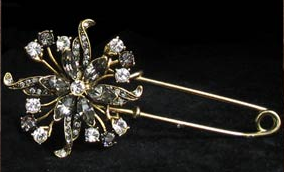
Image from SubversiveJewelry.com
FP: What would you say was the biggest turning point — when you knew that the line began to rapidly grow and garner press/more retailers? The Ecco Domani nomination? In 2003 when you made a piece for a stylist friend?
JG: I have grown my business past several milestones: moving downtown allowed editors and stylists to access my designs through my studio space. An article in the New York Times brought several big buyers through which helped propel my unique designs into the realm of the multiples (small editions or variations of the same). This prompted me to start a secondary line, clinically named, “Line-sheet Collection”. Being nominated for the CFDA/Vogue Fashion Fund in 2006, and winning the Ecco Domani prize also gave my brand the industry credibility, which has been an important turning point for the brand. Winning the Ecco Domani Prize enabled me to stage a live show to showcase my jewelry during Fashion Week in New York. I feel this was a pivotal moment for an Accessory designer to show in the context of the traditional fashion presentation.

Image from Target.com
FP: Where have you traveled and collected pieces from? I know a bit from Pittsburgh, and you mentioned Morocco – where else?
JG: Buenos Aires, Brazil, European Flea markets: Berlin, Vienna, Paris.
FP: I love what you have in the works for the next season – what theme did you have in mind when creating these pieces?
JG: Topography. I wanted to take the well-traveled life and make each style reflect a destination in sync with my travels.
FP: So what’s next for Justin Giunta? Would you consider going back to doing t-shirts? Industrial design?
JG: I am constantly working on my studio art, paintings, drawings and prints. Additionally I am going back to some industrial design. I am currently collaborating with an interior designer from L.A. on a chandelier.
FP: What websites do you frequently visit for fashion coverage and inspiration?
JG: Style.com is pretty efficient for my needs. It serves as a non- biased archive of fashion.
FP: What are the three items you always have with you/can’t live without?
JG:
Pens
Paper
Paper Towels
The first two ensure a great idea never gets away, the last is to clean up the mess I create!
Special thanks to Justin Giunta for sitting down with Fashion Pulse Daily!
–Julia DiNardo
